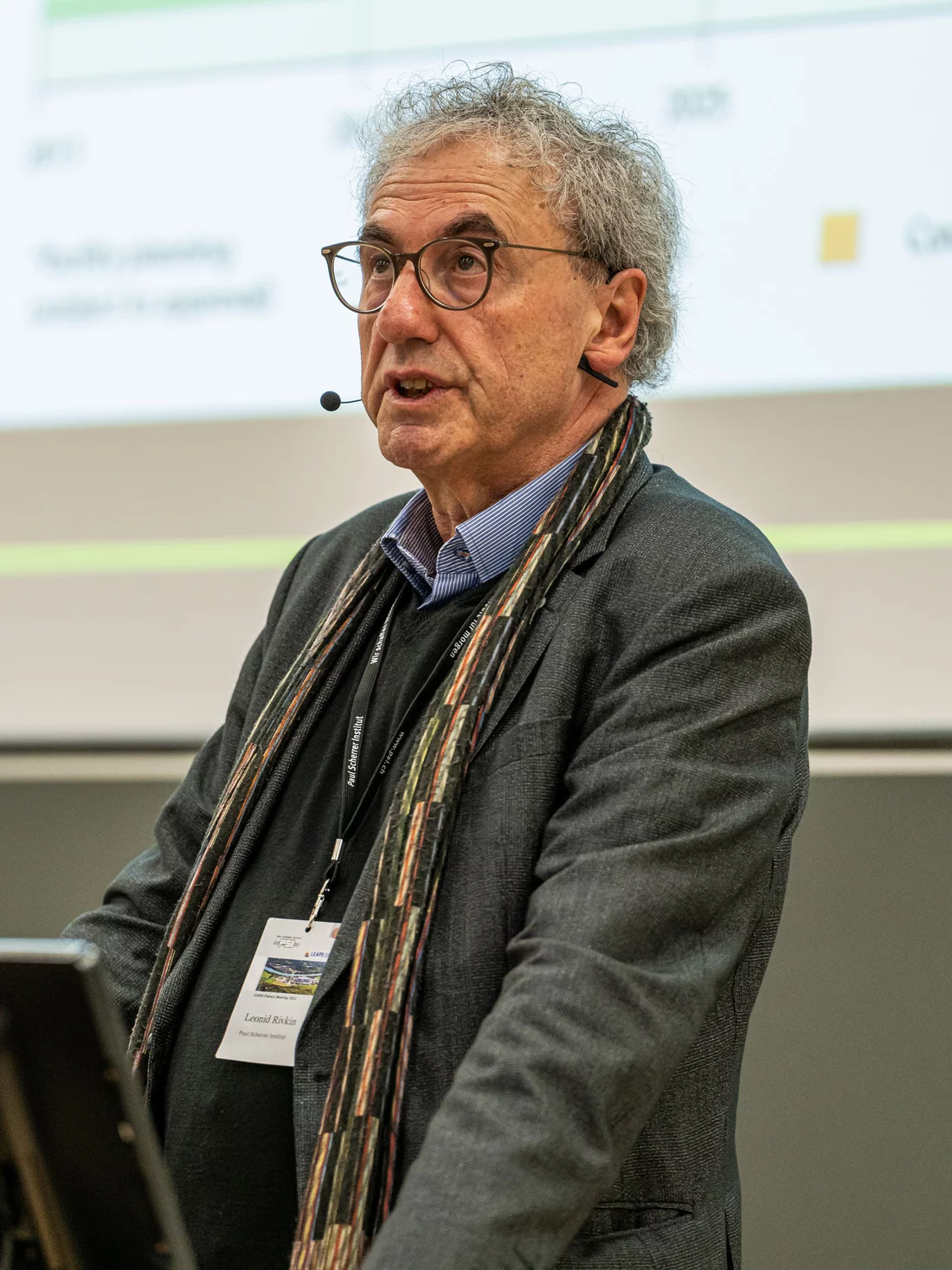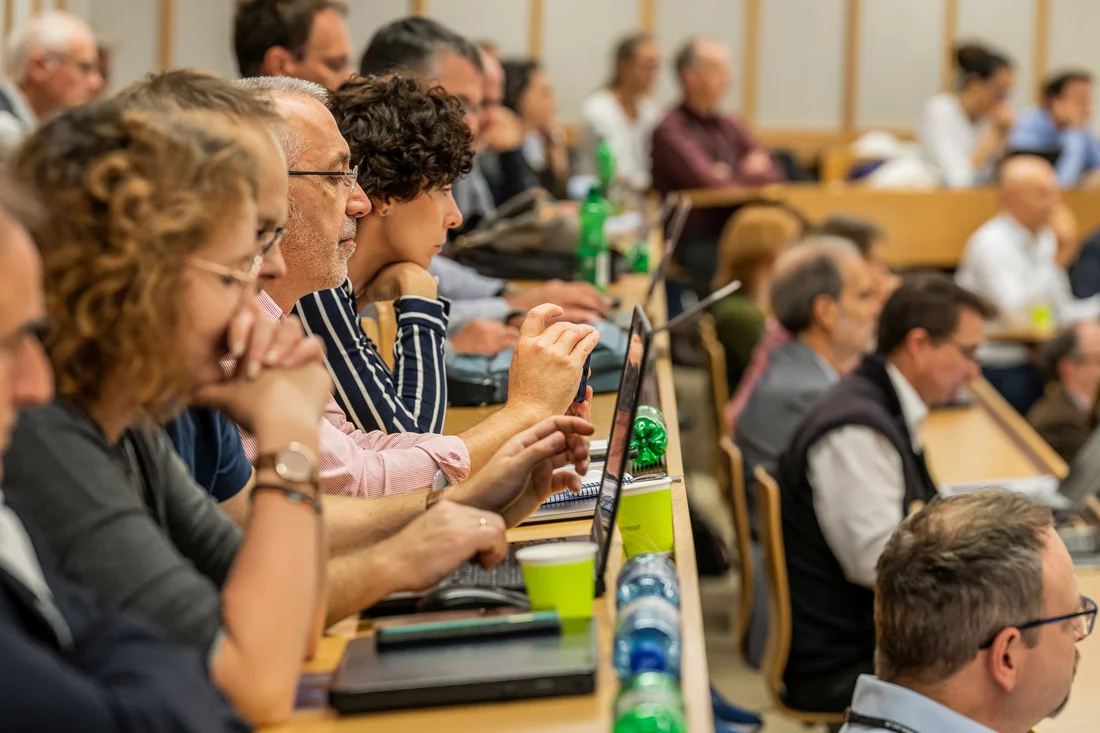Against a backdrop of the energy crisis, scientists and policy makers convened at Paul Scherrer Institute PSI in Switzerland and set out a vision for European accelerator based photon sources to address current and future societal challenges together.
“LEAPS facilities find themselves in a unique position of simultaneously needing to adapt as heavy energy users whilst being an integral part of the solution.” So said Leonid Rivkin from the Paul Scherrer Institute PSI, Switzerland, chair of the League of European Accelerator-based Photon Sources (LEAPS). Speaking at the 5th LEAPS plenary meeting, Rivkin commented that planned facility upgrades to leading European research infrastructures will help favourably shift the balance, providing more X-rays for more science with less energy consumption.
The current energy crisis was an important theme during the 5th LEAPS plenary meeting, held at the Paul Scherrer Institute from the 26th – 28th October 2022. The meeting welcomed more than 180 scientists, policy makers and industry representatives from across Europe. This included directors of the 19 member European accelerator-based photon facilities – i.e. synchrotron light sources and free electron lasers (FELs) - as well as high-level representatives of the European Commission.
A key focus was how to realise the new European Strategy for Accelerator-based Photon Science (ESAPS), which was presented to the European parliament in May 2022. ESAPS charts a path for LEAPS facilities to address current societal challenges and crises while making a critical contribution to keep Europe at the international forefront of research and development. This is in-line with the recent Brno declaration on Fostering a global ecosystem of Research Infrastructures, which states that research infrastructures should be viewed as an integral part of the critical infrastructure that is necessary to cope with sudden crises. They should be treated as a long-term commitment in order to create a stable, reliable and predictable funding environment.
The ESAPS strategic plan formed a backdrop to many of the topics discussed, which included perspectives on the European Research Area from Apostolia Karamali of the European Commission, head of the Research and Innovation Actors and Research Careers unit. Also discussed were strategic upgrades to synchrotron light sources, the impact of current geopolitical tensions and future impacts of the LEAPS facilities in life sciences, drug discovery and quantum computing. At the end of the meeting, Leonid Rivkin passed the baton onto Jean Daillant from the Soleil synchrotron in France, who will be the 2023 LEAPS chair.
The LEAPS facilities serve over 35 000 scientists worldwide, who conduct ground-breaking research in diverse scientific areas ranging from novel materials, drug design and catalysis to palaeontology and cultural heritage. LEAPS´ goal is to work collaboratively in a new strategic way, mobilizing the members’ substantial expertise to the greater benefit of science and society. As the meeting emphasised, LEAPS facilities, strengthened through their strategic collaboration, proved their ability to tackle crises during the pandemic and play a critical role in addressing current and future societal challenges.
Paul Scherrer Institute / Miriam Arrell
Contact
Dr. Mirjam van Daalen
Head of PSI communications
Paul Scherrer Institute, Forschungsstrasse 111, 5232 Villigen PSI, Switzerland
Telephone: +41 56 310 56 74; e-mail: mirjam.vandaalen@psi.ch
Copyright
PSI provides image and/or video material free of charge for media coverage of the content of the above text. Use of this material for other purposes is not permitted. This also includes the transfer of the image and video material into databases as well as sale by third parties.


